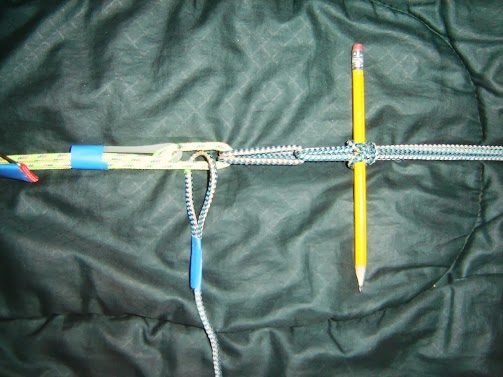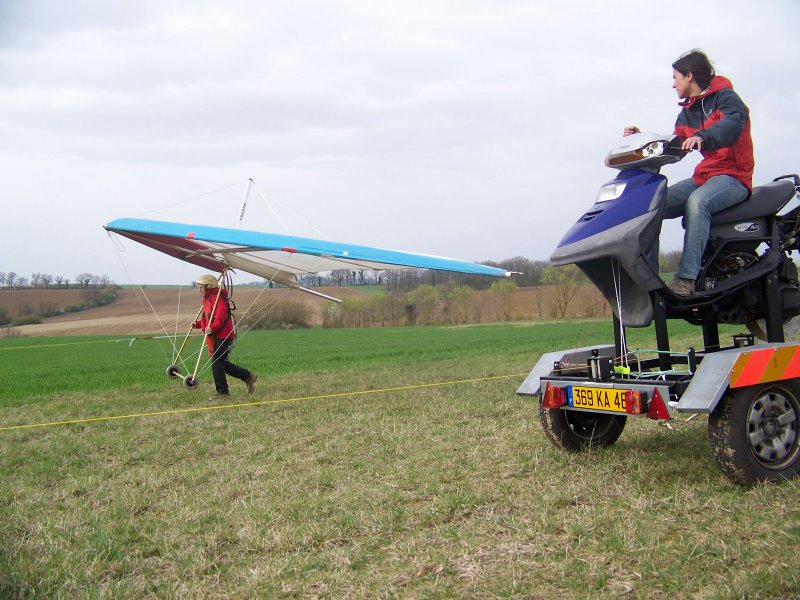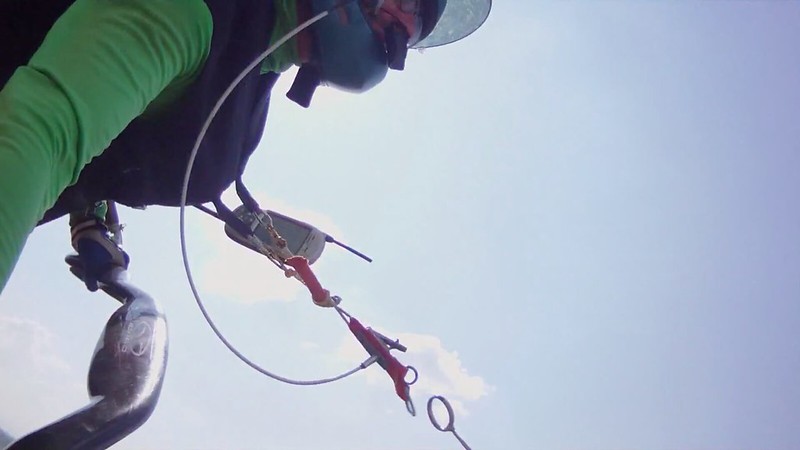
Boosted first stage released.




The French tow committee's full of shit (but we knew that already 'cause Scott Sigal has no fuckin' clue what a weak link is). You don't need ANY decaNewtons to maintain a lockout on ANYTHING that flies - paraglider, hang glider, sailplane, Cessna, Boeing 777.The french tow comittee told me they need 5daN for paragliders and 7daN for hanggliders to maintain a lockout.
Aero...A student died this we...
I'll bet if they had been dolly launching him with one of Joe's releases he'd still be happily advancing through his lessons.The operator would have cut the line but it would have wrapped around the pulley.
I'm not going to make any more pins. I'll buy them at two bucks a pop.Make the pin symmetrical.
I noticed some side loading when tensioned, but thought it was from some twist in the base.The more offset the more sideloading and less strength, mechanical advantage, efficiency.
I think it needs to be a straight pin so it can be pulled like the pin on a three string.That would be a real good place for the damned M111C curved pin from ParaGear. That's the sort of application it's intended for.
It won't, but boosted twice it seems to work ok. That idea is on the back burner for now.However... I wouldn't expect that to work under a whole lotta load - especially unsplit load.
I will.Keep these approaches in mind.
1. I disagree. Edward's setup is what I'm aiming to beat.Those are the bars you've gotta beat - or at least meet.
Edward blows them away.And they're pretty high.

The M111S? It's pretty good in the off-the-shelf department but it would be nice to have something longer for some applications.I'll buy them at two bucks a pop.
On a three-string you're pulling straight back in opposition to the tension. With a straight pin in your application you'd be pulling perpendicularly to it and anything at another angle would reduce your efficiency. A curved pin would allow more of an aft pull and I would guess would work better with one's body geometry. But I wouldn't bet more than five or ten bucks on that being right and it may not be that big of an issue anyway.I think it needs to be a straight pin so it can be pulled like the pin on a three string.
wasn't very well thought through or particularly accurate. The curved pin is used for opening parachute containers with various directions of pull but there's no significant load/resistance involved.That's the sort of application it's intended for.
Yeah. I didn't mean in terms of actuation - just stuff like:I disagree. Edward's setup is what I'm aiming to beat.
Like that.That second video gave me the idea to engage a boosted straight pin bite release to a boosted barrel rather than a three string.
Yeah. But that trick Sander uses to transition is just so fuckin' cool. I can't bear the thought of not incorporating it. But it seems to be dependent upon keeping the release point real close to the pilot. And that appears to be dependent upon using all that expensive, heavy, bulky Koch-type spreader hardware. If you use a bridle - as I'd prefer - you've pretty much by definition moved crap forward of the basetube. And I can't think of any real great ways to get around that.Edward blows them away.